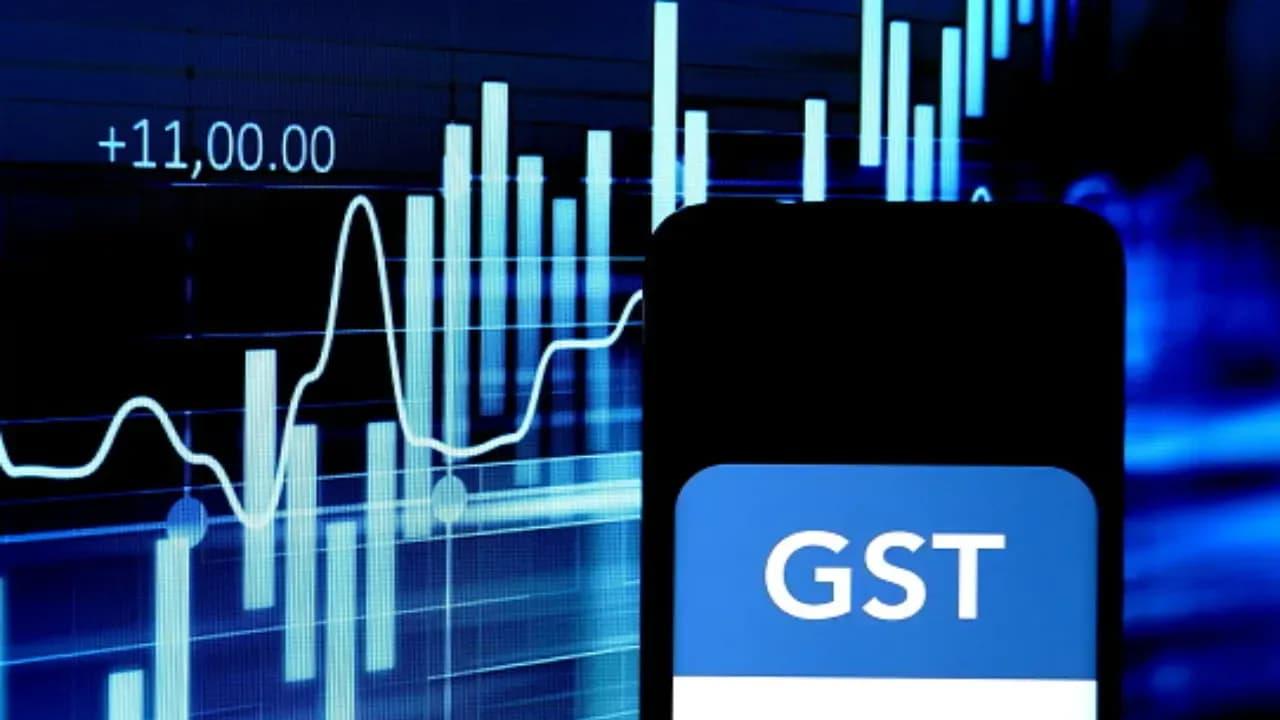GST Council Meet This Week: Big Relief Likely For FMCG, Autos, Electronics, Insurance
Weeks after Prime Minister Narendra Modi announced a 'Diwali gift' for the people in the form of a revision of the Goods and Services Tax (GST), a final meeting is scheduled to take place later this week to review and pass the proposals.
The GST Council is scheduled to meet on September 3 and 4 for its 56th session, according to a memorandum dated August 22. The meeting is expected to review recommendations from the Group of Ministers (GoM) before final approval.
GST: Two-Slab Structure In The Works
The Indian government has proposed to change the GST structure by reducing the number of slabs to just two core rates: 5% and 18%. It is also likely to introduce a concessional rate below 1% and a steep“sin rate” of 40% for five to seven select items.
As part of this reform, the existing 12% and 28% brackets will be scrapped entirely. Nearly all goods in the 12% category are expected to shift to 5%, while approximately 90% of items under the 28% slab will be reclassified to 18%. Notably, the new system will not include any cess in addition to the GST rates.
What Has The Government Proposed?
Last month, GoM met to discuss the Centre's proposed restructuring of indirect tax rates. The panel of state ministers proposed exempting GST on individual health and life insurance premiums, which are currently taxed at a rate of 18%. The recommendation was made during a meeting with India's Finance Minister Nirmala Sitharaman.
GST Revision: Likely Changes
According to Reuters, GST on essentials such as shampoo, toothpaste, and talcum powder could be cut from 18% to 5%, benefiting FMCG majors like Hindustan Unilever and Godrej. Electronics, including air conditioners and televisions, may see rates reduced from 28% to 18%.
According to Business Today, concerns linger over inverted duty structures and input tax credit. States have highlighted that unless these issues are resolved, the benefit of rate cuts may not fully reach consumers.
For items proposed to be taxed at 5% or exempted, most input services still attract 18% GST, leading to mismatches where credits cannot be claimed, the report stated. This could hurt manufacturers' ability to pass on tax savings.
Sectors such as insurance, pharmaceuticals, medical devices, and FMCG are considered particularly vulnerable.
GST Rates: Sectoral Breakdown
Automobiles: The GST on small cars may be reduced to 18% from the current 28% plus cess, thereby boosting affordability for first-time and middle-class buyers. This move is expected to lift car sales.
Consumer Goods and Electronics: The proposed two-rate GST framework, with rates of 5% and 18%, could reduce taxes on durable items such as washing machines, air conditioners, and refrigerators.
Farming Sector: Farming equipment, including tractors, plows, seeders, and cultivators, is likely to be moved to the 5% GST slab from 12%.
Dairy Sector: Dairy machinery is expected to be shifted to the lower 5% GST slab.
Fishing and Seafood Sector: Processed and preserved fish and seafood products are likely to be subject to a 5% GST.
For updates and corrections, email newsroom[at]stocktwits[dot]com.
Legal Disclaimer:
MENAFN provides the
information “as is” without warranty of any kind. We do not accept
any responsibility or liability for the accuracy, content, images,
videos, licenses, completeness, legality, or reliability of the information
contained in this article. If you have any complaints or copyright
issues related to this article, kindly contact the provider above.
Most popular stories
Market Research

- What Is The Growth Rate Of The Europe Baby Food And Infant Formula Market In 2025?
- UK Digital Health Market To Reach USD 37.6 Billion By 2033
- Spycloud Launches Consumer Idlink Product To Empower Financial Institutions To Combat Fraud With Holistic Identity Intelligence
- Cryptogames Introduces Platform Enhancements Including Affiliate Program Changes
- What Does The Europe Cryptocurrency Market Report Reveal For 2025?
- Excellion Finance Launches MAX Yield: A Multi-Chain, Actively Managed Defi Strategy






















Comments
No comment